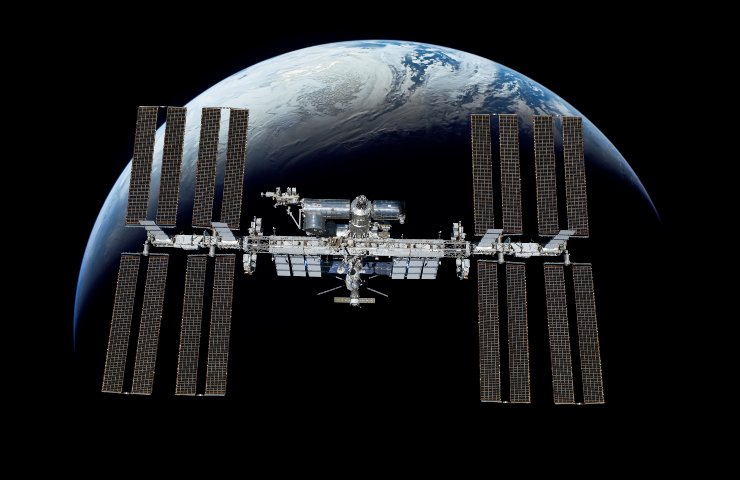Edge Computing, AWS to conquer space
After the conquest of earth comes the conquest of space. A new way of processing the data collected in orbit that promises to be a real revolution.
Amazon Web Services
is claiming leadership in the space race for Edge Computing. The cloud giant recently partnered with private space infrastructure developer
Axiom Space
to put an
AWS Snowcone
aboard the International Space Station.

More than just a gimmick, AWS says it validates the company’s existing product portfolio for use in low Earth orbit to more efficiently analyze data collected in orbit. The International Space Station has extremely limited downlink bandwidth that is already required for telemetry of existing operations and science activities in favor of offline edge computing, which is the specialty
of AWS’ Snow
products.
“Astronauts usually have to send the data and images they collect to facilities on Earth to be processed. Although it’s only a minor problem when orbiting above Earth, future exploration missions to Mars will encounter significantly longer delays due to the huge volumes of information they will have to travel to Earth and back on a spacecraft“, say the company.
Well, now things could radically change. AWS designed Snowcone to provide offline edge workload capacity using specialized Amazon EC2 compute instances. While this makes Snowcone suitable for a variety of applications in vertical markets such as manufacturing and healthcare, it also makes Snowcone suitable for extreme work environments, such as oil rigs, rescue vehicles , and now, outer space.
The tests by Axiom Space, a developer of private space infrastructure, took place during the company’s April Ax-1 mission to the International Space Station. The privately funded trip put a crew in space for two weeks. They have conducted more than two dozen scientific experiments, including work on the
AWS Snowcone
device.

AWS Snow products are ruggedized devices designed for edge computing and data migration. The Snowcone is AWS’ physically smallest device, weighing about 4.5 pounds (2.04 kg) and measuring 9 inches (22.86 cm), AWS compares it to the size of a tissue box. Inside, there’s a rotating hard drive (HDD) with 8 terabytes (TB) of storage or a 14TB SSD. The SSD version is the one that Axiom Space brought to the International Space Station.
The results of AWS’ partnership with Axiom Space were presented by Bill Vass, VP of Engineering at AWS, during the Re:MARS 2022 keynote. Vass beat the digital twin drum, emphasizing the importance of training and simulation as an accelerator of efficient and safe industrial automation at scale. He introduced the
AWS Snowcone
and
Snowball
products to the audience as they are suitable for the extreme operating conditions to which many industrial robots are exposed, explaining that Snow’s offline storage gives AWS customers centralized control of their data, while maintaining the flexibility of decentralized execution.

“We’ve taken Snow products to a new, rugged mobile peripheral location: space,” Vass said. ” “Axiom Space and AWS have partnered to fully integrate, certify, and operate AWS Snowcone on the International Space Station as part of the AX-1 mission. We were able to make changes to the code if needed, run machine learning apps, automatically generate tags for imaging, and analyze the on-board photos.”
Meanwhile, Axiom Space is already building its first modular station that is expected to launch into space at the end of 2024. The first module is a testbed that will initially be attached to the International Space Station.
